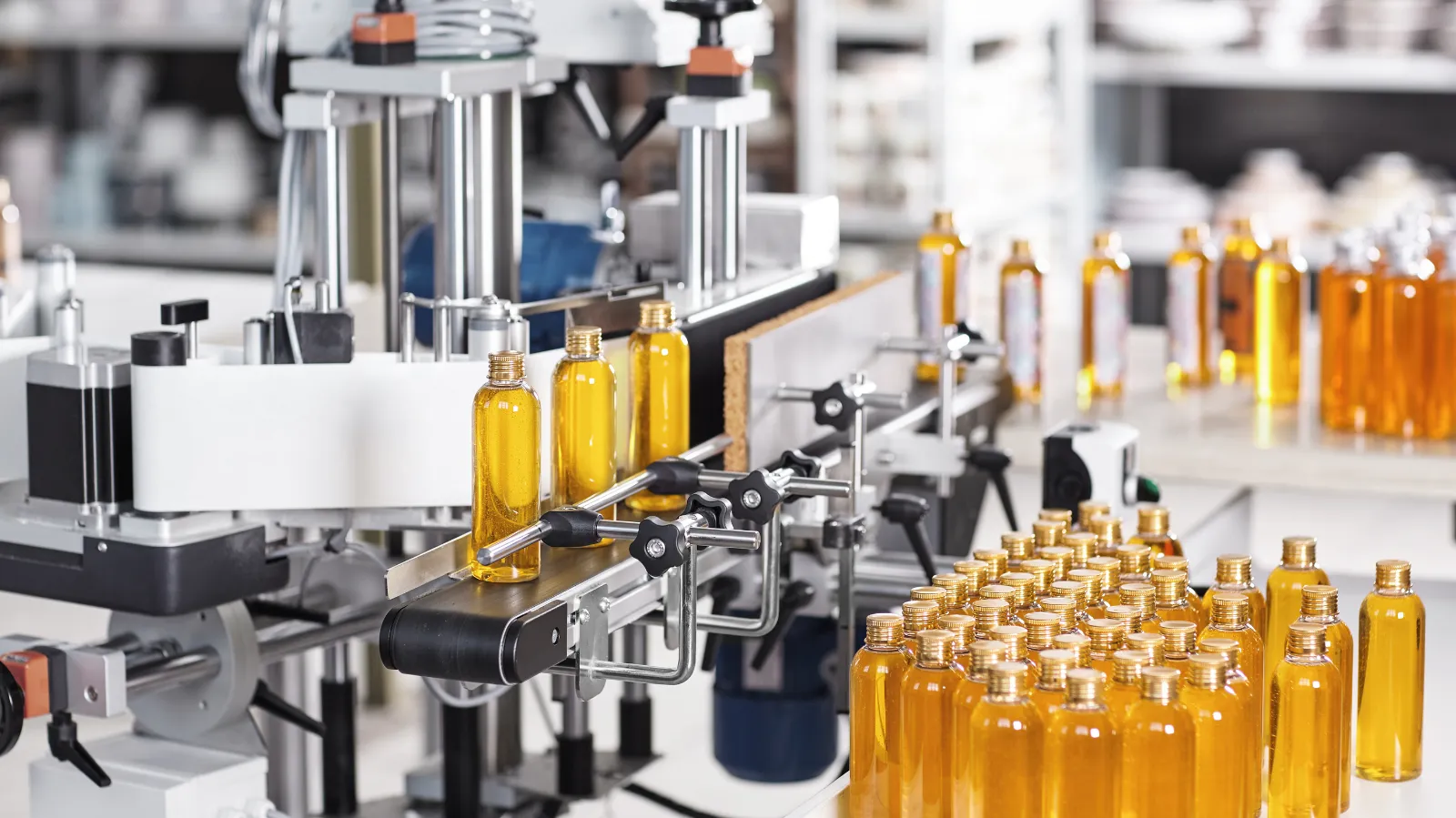
Things to Consider When Buying a Liquid Filling Machine
Buying a liquid filling machine is an important decision for any business involved in the production or packaging of liquid products. Whether it's the food and beverage industry, pharmaceuticals, cosmetics, or any other field requiring efficient and accurate liquid filling, it is crucial to consider certain factors before making a purchase. In this blog post, we will explore the key considerations when purchasing a liquid filling machine to assist you in making an informed decision.
Production Requirements: First and foremost, analyze your production requirements to determine the type and capacity of the machine you need. Consider factors such as the volume of liquid to be filled, production speed, and the specific characteristics of the liquid (e.g., viscosity, temperature, foaming properties). Ensure that the chosen machine can handle your anticipated production volume and is compatible with your liquid product.
Filling Accuracy: Accurate filling is vital for maintaining product quality and reducing waste. When buying a liquid filling machine, look for one that offers precise volumetric or gravimetric filling mechanisms. Volumetric filling measures liquid volume directly, while gravimetric filling measures weight for greater accuracy. Choose a machine that can achieve the desired filling accuracy for your specific application.
Machine Flexibility and Compatibility: Consider the flexibility and compatibility of the liquid filling machine to accommodate various container sizes, shapes, and closure types. Some machines may require extensive changeovers or adjustments when switching between different products or containers, leading to downtime. Look for a machine that offers quick changeover capabilities and can handle a wide range of container types and sizes, allowing for increased versatility in your production line.
Automation and Integration: Automation plays a crucial role in enhancing productivity and reducing human error. Determine whether the liquid filling machine can be seamlessly integrated into your existing production line or automated system. Consider features such as programmable logic controllers (PLCs), human-machine interfaces (HMIs), and compatibility with other equipment. Integration with quality control systems can also help monitor and track production data effectively.
Maintenance and Support: Ensure that the manufacturer or supplier provides adequate maintenance and technical support for the liquid filling machine. Regular maintenance is essential for optimal performance and longevity of the equipment. Look for a supplier that offers comprehensive training programs, spare parts availability, and timely support services to minimize downtime and ensure uninterrupted production.
Compliance with Safety and Regulatory Standards: When selecting a liquid filling machine, prioritize safety and regulatory compliance. Depending on your industry, there may be specific standards and regulations regarding sanitation, hygiene, and product safety. Choose a machine that adheres to relevant standards and can be easily cleaned and sanitized to meet these requirements. Features such as stainless steel construction, proper sealing mechanisms, and sanitary design should be considered.
In conclusion Purchasing a liquid filling machine requires careful consideration of various factors. By assessing your production requirements, focusing on filling accuracy, considering machine flexibility and compatibility, evaluating automation and integration capabilities, ensuring adequate maintenance and support, and prioritizing safety and regulatory compliance, you can make an informed decision that aligns with your business goals. Remember, selecting the right liquid filling machine can significantly impact the efficiency, productivity, and quality of your liquid product packaging operations.
